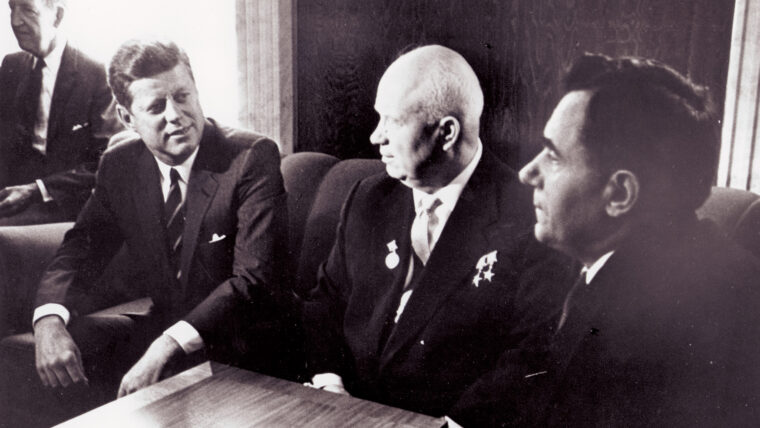
General Curtis LeMay
Cold War Intelligence
By John D. GreshamEveryone who has ever read a spy novel knows the basic plot line. A scientist has developed a formula, or intelligence operative has obtained secret plans or a roll or film. Read more

General Curtis LeMay
Everyone who has ever read a spy novel knows the basic plot line. A scientist has developed a formula, or intelligence operative has obtained secret plans or a roll or film. Read more
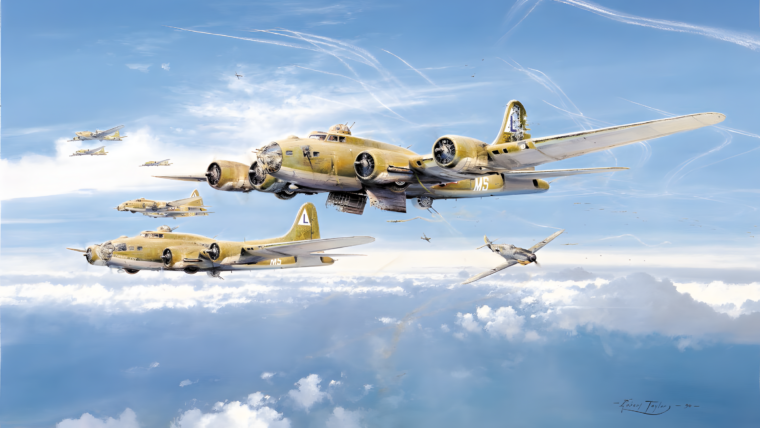
General Curtis LeMay
In early 1942, the U.S. Eighth Air Force arrived in England firmly entrenched in the belief that continuous and accurate daylight precision bombing was the only way to decisively crush German industrial capacity. Read more

General Curtis LeMay
Most writings about World War II tend to attribute the success or failure of military operations to the skill with which generals and admirals handled their forces in battle and to the fighting abilities of soldiers, sailors, and airmen. Read more
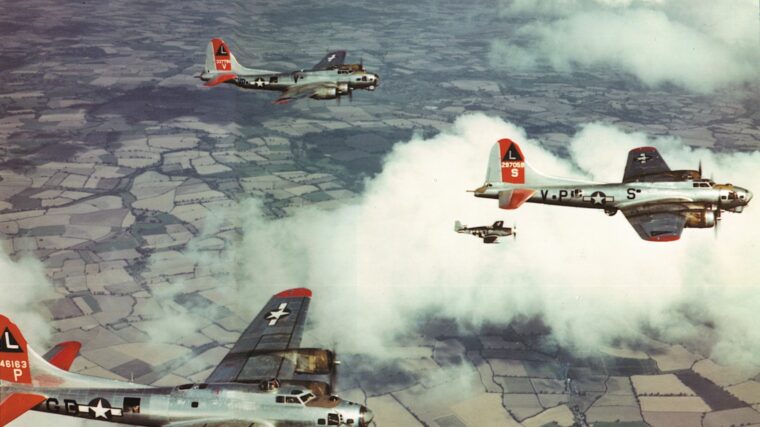
General Curtis LeMay
A hard-hitting novel that inspired a classic war film, 12 O’Clock High was a very personal project for co-authors Beirne Lay, Jr., Read more
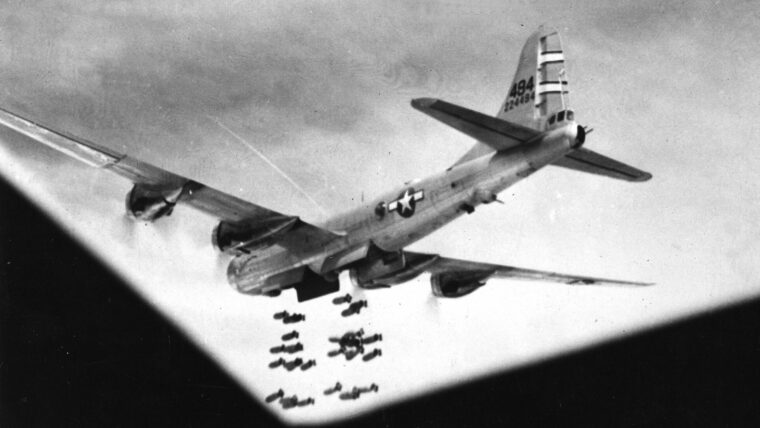
General Curtis LeMay
As the Japanese delegation stood on the deck of the battleship USS Missouri on September 2, 1945, preparing to sign the documents that ended World War II, a large formation of Boeing B-29 Superfortress heavy bombers swooped low over Tokyo Bay as a reminder of the terrible destruction that had befallen their nation and turned Japan’s cities into ruins. Read more
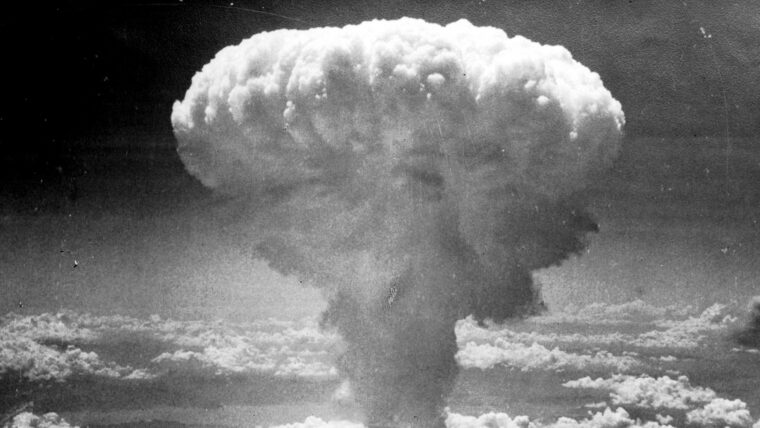
General Curtis LeMay
The men and women who imagined and then built the atomic bomb thought they were doing something different from what makers of “conventional” weapons did. Read more
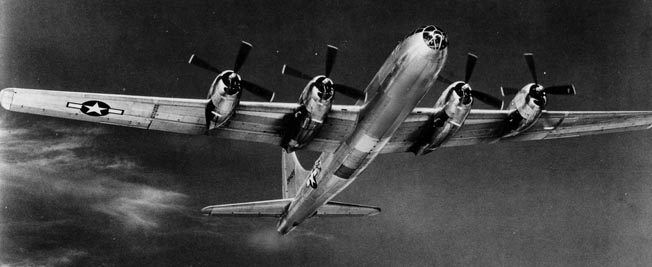
General Curtis LeMay
Major Sam P. Bakshas woke up that morning with the secrets in his head. He was one of the men flying B-29 Superfortress bombers from three Pacific islands—Guam, Saipan, and Tinian. Read more
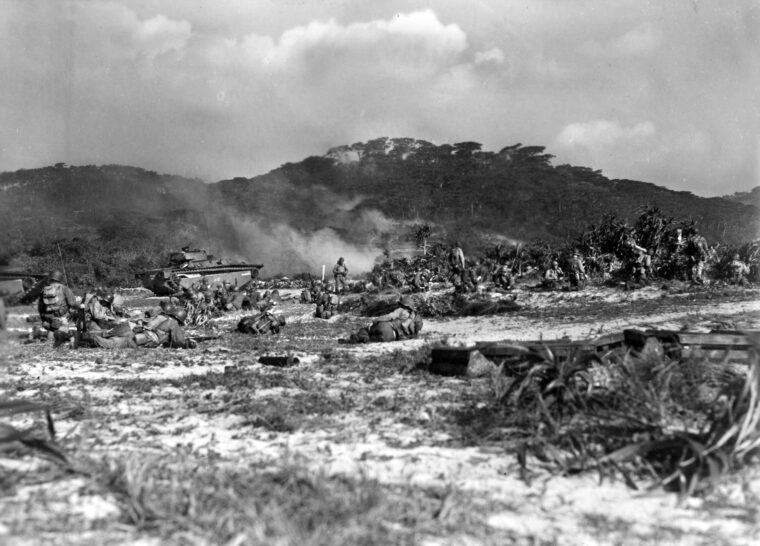
General Curtis LeMay
Close to the northern end of the island of Tokashiki, the largest member of a tiny group of islands called Kerama Retto, located 15 miles west of Okinawa and hardly 400 miles from the Japanese home islands, Corporal Alexander Roberts and the rest of the 306th Regimental Combat Team rested for the night beneath the starry skies of the northern Pacific. Read more
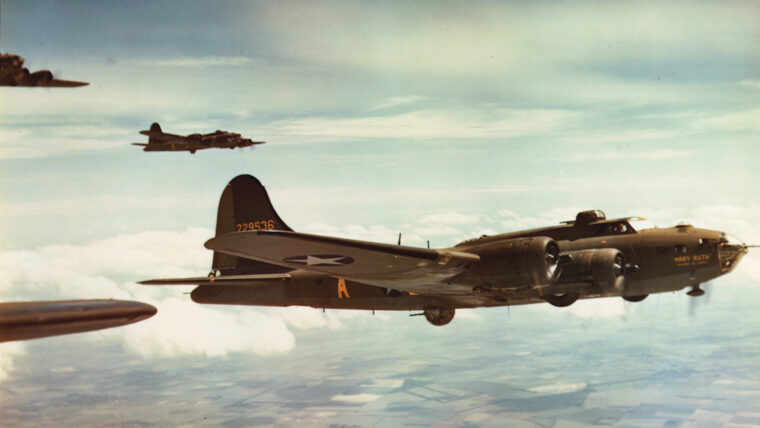
General Curtis LeMay
Behind the strategy that governed the American air war in Europe during World War II lay events and ideas that dated back to World War I and the 1920s. Read more
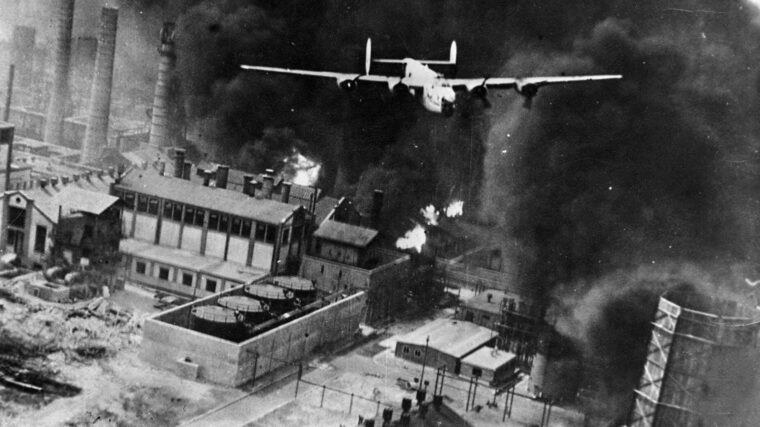
General Curtis LeMay
In 1942, many Americans considered anyone of Japanese ancestry to be an enemy, regardless of where they had been born or how long their families had lived in the United States. Read more
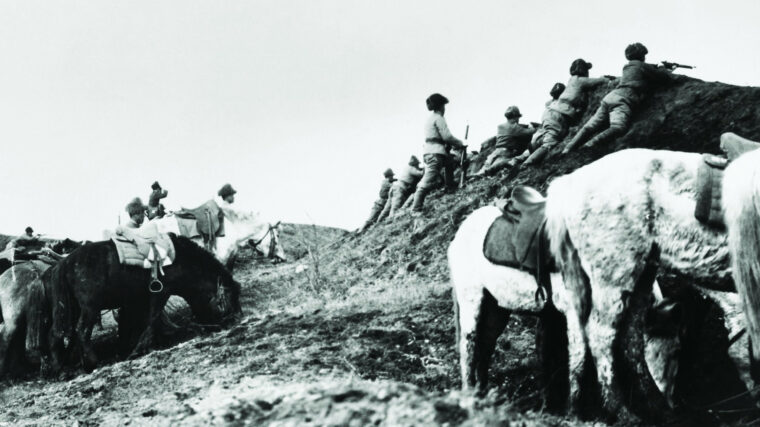
General Curtis LeMay
At 11:02 am on August 9, 1945, an American warplane dropped an atomic device nicknamed “Fat Man” onto the city of Nagasaki, Japan. Read more
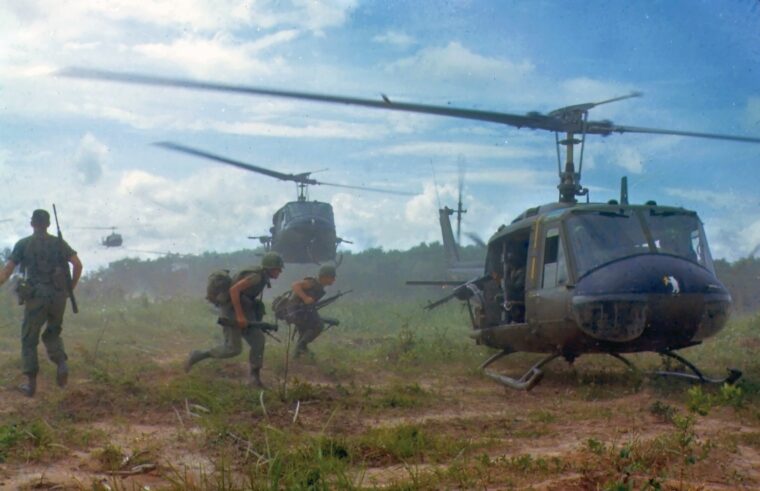
General Curtis LeMay
Where is the prince who can afford so to cover his country with troops for its defense, as that ten thousand men descending from the clouds might not, in many places, do an infinite deal of mischief before a force could be brought together to repel them?” Read more
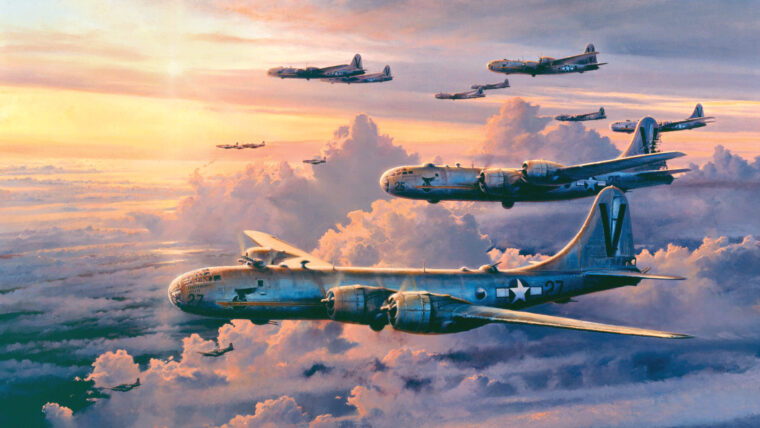
General Curtis LeMay
When the Boeing B-29 Superfortress crews poured out of the briefing at North Field, Tinian, on the afternoon of March 9, 1945, they were disgruntled. Read more
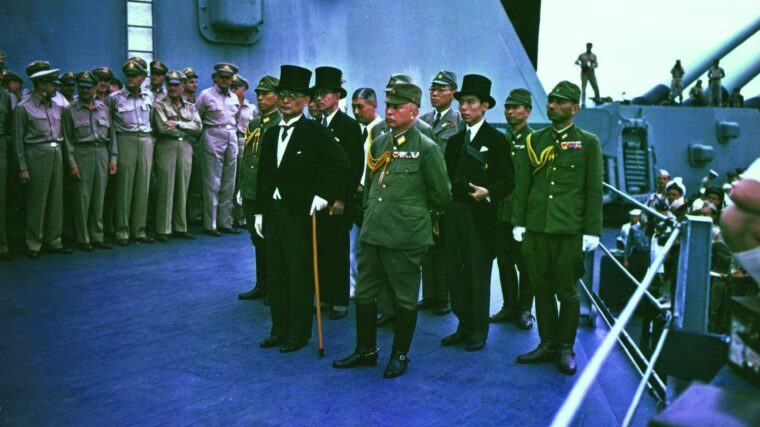
General Curtis LeMay
It was fated to be the last wartime conference of the Big Three Allies of World War II, but it was the first not attended by the late American President Franklin D. Read more